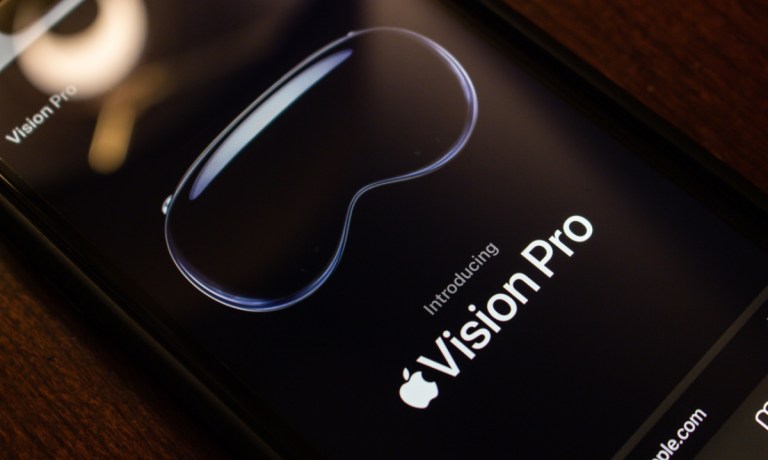Pre-orders for the long-awaited $3,500 product begin Jan. 19, Apple said in a news release Monday (Jan. 8).
“The era of spatial computing has arrived,” Apple CEO Tim Cook said in the announcement. “Apple Vision Pro is the most advanced consumer electronics device ever created. Its revolutionary and magical user interface will redefine how we connect, create, and explore.”
The news follows reports from last month that Apple had upped production of the headset at its Chinese facility with the goal of having units in stores in February.
“This move is significant as the company ventures into the world of mixed reality, which combines virtual and augmented reality,” PYMNTS wrote at the time. “While Meta Platforms currently dominates the market, Apple is determined to make a strong first impression with its offering.”
As that report noted, the rollout of the Vision Pro is a major endeavor, requiring new sales strategies and equipment, as the headset features customized components that must be correctly assembled and packaged at the point of sale.
Advertisement: Scroll to Continue
Making sure the headsets fit correctly is critical, as ill-fitting devices may be uncomfortable and display content improperly.
PYMNTS wrote about the pending launch of the Vision Pro last year, noting that while Apple fans and others who can afford the device’s steep price tag might be waiting for the launch, it was still too soon to say if the larger consumer population will buy in.
“Given the similar concerns about high consumer costs for Vision Pro’s predecessors — and their relatively low costs in comparison to Apple’s offering — the wearable prospects for future success are murky, even though many of the augmented reality innovations stemming from these wearables could have real-world benefits,” that report said.
The report also suggested a compromise between the total immersive experience Apple is offering and completely shunning the technology.
“Generative AI models and voice, combined with visual applications, have the potential to turn a series of discrete activities into one seamless experience powered by AI, voice and visual tech,” PYMNTS’ Karen Webster wrote last year. “Smart, voice-enabled virtual assistants capable of handling increasingly complex tasks will be commercially viable in a matter of a few years.”

